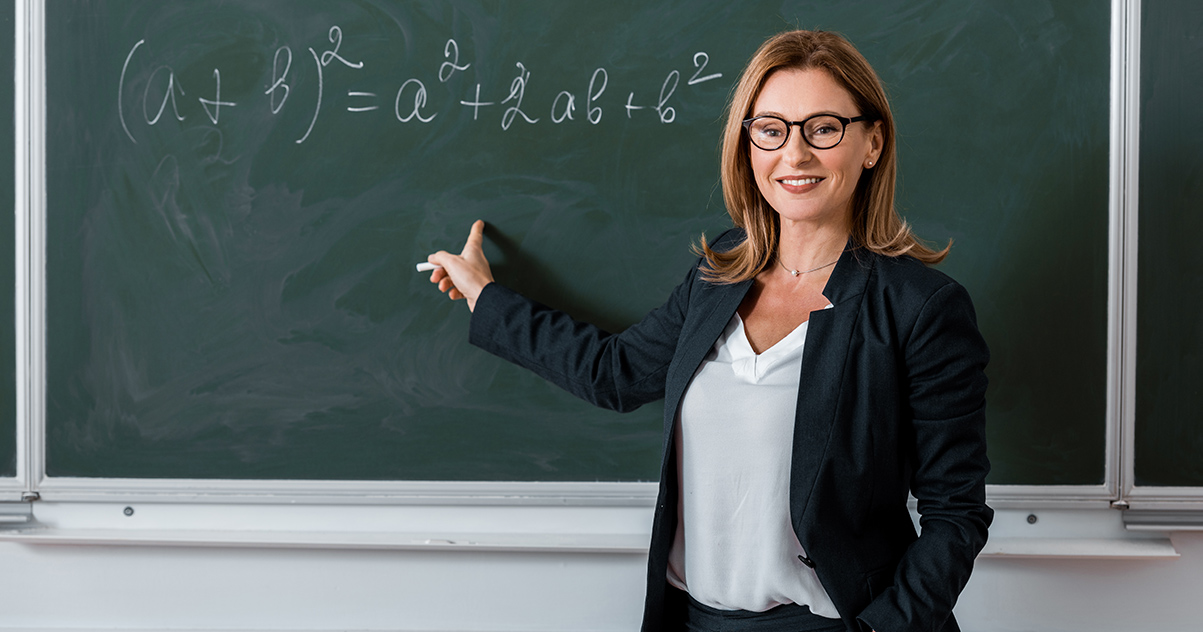Education in Great Britain
England schooling is compulsory for children of 5 to 16 years of age. Any child may attend a school without paying fees. Over 90% of children of compulsory school age go to state schools. The most important changes in Britain’s educational system were introduced under the Education Reform Act 1988. It led to the compulsory National Curriculum for pupils aged 5 to 16 in state schools. The Act also aims to give parents a wider choice of schools for their children. Local educational authorities finance most school education at local level. They also employ teachers. Every state school in England and Wales has a governing body, responsible for the school’s main policies. Parallel reforms are introduced in both Scotland and Northern Ireland.
Full-time education is compulsory up to the middle teenage years. There are three stages in education. The first stage is primary education; the second is secondary education; the third is further education at university or college.
Before going to a primary school children receive nursery education (some children attend pre-school play-groups). It’s the first age of education. Around half of 3—4 years old in Britain receive nursery education. Children of nursery age need care as well as education. Social, emotional and physical needs must be taken into consideration.
Compulsory primary education begins at the age of 5 in England, Wales and Scotland and at 4 in Northern Ireland. Children start their education in an infant school and move to a junior school at 7 years old. Primary schools vary in size and location. Pupils study different subjects (English, mathematics, science, history, geography, music, art, physical education). Over 80% of all primary schools are mixed.
In Britain most children of compulsory secondary school age (11—16) receive free education financed from public funds. The large majority of schools are mixed.
The school year in England and Wales begins in September and continues into July. In Scotland it is from August to June. In Northern Ireland — from September to June. At this level children start to learn a modern foreign language. The course of study at secondary school may lead to General Certificate of Secondary Education (GCSE) qualifications. At 16 years old children take different examinations and have quite a lot of coursework, only after which they’re awarded GCSE.
Those who stay at school after GCSE, study for 2 more years for A (Advanced) level exams in two or three subjects.
A small proportion of children (about 8%) attend private, or independent schools, which are not financed by the state. To understand this phenomenon a little history is needed.
The British government paid little attention to education until the end of the 19th century. Schools had existed in Britain long before the government took an interest in education. A small group of schools admitted only the sons of the upper and upper middle classes. At these public schools much more attention was paid to «character-building» and the development of «team spirit» rather than to academic achievements. These were «boarding- schools» (as the pupils lived in them). The pupils wore distinctive clothes and the schools had their own traditions. The aim of those schools was to prepare young men to take up positions in the higher ranks of army, in business, civil service and politics.
A typical public school is for boys from 13. It admits fee-paying pupils. Such school is a boarding one. Each school is divided into houses with its housemaster. Public school place great emphasis on team sports. These schools are not at all luxurious or comfortable. A typical example of such a school is Eton.
British education has many different faces but one goal. Its aim is to realize the potential of all for the good of the individual and society as a whole.
The School Year
The school year is usually divided into three terms.
Autumn term lasts from September (or August) till Christmas holiday, which is about 2 weeks. Then spring term — till Easter holiday (also 2 weeks), and summer term, which lasts till June (or July). Summer holiday is about 6 weeks.
In addition all schools have a half-term, which lasts a few days or a week in the middle of each term.
School Life
Nearly all schools work five days a week. They are closed on Saturdays and Sundays. The school day starts at 9 o’clock and finishes between 3 and 4p.m. The lunch break usually lasts an hour-and-a-quarter. Most
pupils have lunch provided by the school. The lunch is paid by parents. Other children either go home for lunch or have a snack at school.
Exams
At 15—16 years old school children take public exams. They are not usually set up by the government (rather by independent examining boards). Each school or Local Education Authority decides which exams their pupils are to take. The boards publish syllabus for each subject. There is no single school-leaving exam or school-leaving certificate. Usually a vast range of subjects is offered for school children. Nearly all pupils do exam in English, Maths and Science. Most do exams in technology and in a foreign language. Some pupils take exams in 3—4 additional subjects.
Usually exams have nothing to do with school years. Once the examining boards decided to include certain popular television programmes on their literature syllabus.
Ko’rildi: 170
Full-time education is compulsory up to the middle teenage years. There are three stages in education. The first stage is primary education; the second is secondary education; the third is further education at university or college.
Darsliklar
Education in Great Britain
